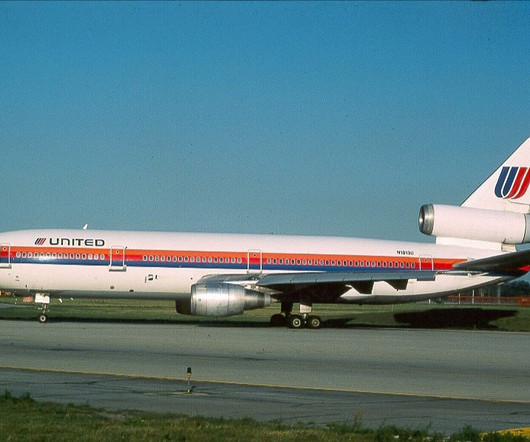The anatomy of a commercial flight – all you ever wanted to know: Part one
Aerotime
NOVEMBER 22, 2024
Before departure Once you are onboard and safely seated, there will already be a rush of activity going on in the cabin around you. With all ground personnel off the aircraft, you will hear the familiar call over the aircraft’s public address (PA) system: “ Crew, arm the doors and cross-check ”.













Let's personalize your content